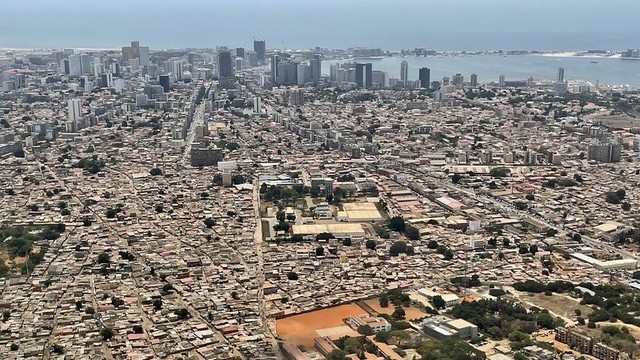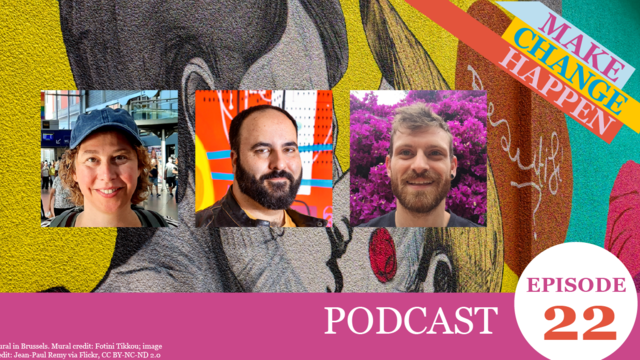What happens when slum dwellers put themselves on the map
The new issue of the journal Environment and Urbanization – published today – reveals how organisations of the ‘illegal’ urban poor have made themselves matter to city governments by mapping and documenting their informal settlements and the people and businesses in them.

Women discuss possible layouts for the houses in their community near Rangoon, Myanmar.
The papers show that the urban poor are often better able than government departments to produce relevant, up-to-date, detailed data about their settlements through surveys and mapping. This kind of activity means the poor get their voices heard and respected, and can work with governments to help solve the problems they face.
“A billion people live in informal settlements but because they lack formal addresses and identification documents their governments do not consider them as legal citizens,” says the journal’s editor Dr David Satterthwaite. “This means being denied public services such as health care, education, sanitation and even the rule of law. It makes it is hard to open a bank account or protect homes and possessions.”
To overcome these challenges, residents of informal settlements in Africa, Asia and Latin America have organised their own surveys to map and document their communities. In most cases, this has helped the communities to get official recognition and political legitimacy. It has allowed the communities to communicate their needs, in terms of basic services, and assert their rights to land on which to live.
In some cases, it has also led to positive changes in local or national policy – such as when governments agree to upgrade informal settlements in consultation with communities, rather than bulldoze them as has been the pattern in the past and still happens in many places today.
Some of the success of the stories described in the journal’s papers comes from the fact the research was done by the communities themselves, and not imposed by outsiders with their own agendas and fleeting interest in the settlements.
The experience of the last 20 years show how community-led documentation and mapping helped them support their negotiations with governments and generate new knowledge that helps the residents think about their priorities and their own resources and capacities.
“To live in an informal settlement — a slum or a shanty town — is to be ignored and invisible, but the one billion people who call such places home are a vital part of the solutions to today’s challenges in urban environments,” says Satterthwaite, who is a senior fellow at the International Institute for Environment and Development.
“As the papers in Environment and Urbanization reveal, around the world, the residents of such settlements have shown that by documenting their communities they can work with governments to improve conditions there.”
The journal includes papers from Ghana, India, Mexico, Namibia, South Africa, Tanzania, Thailand, Uganda, and Zimbabwe.
See also: Urban poor transform slums in 100+ cities in 15 Asian nations


